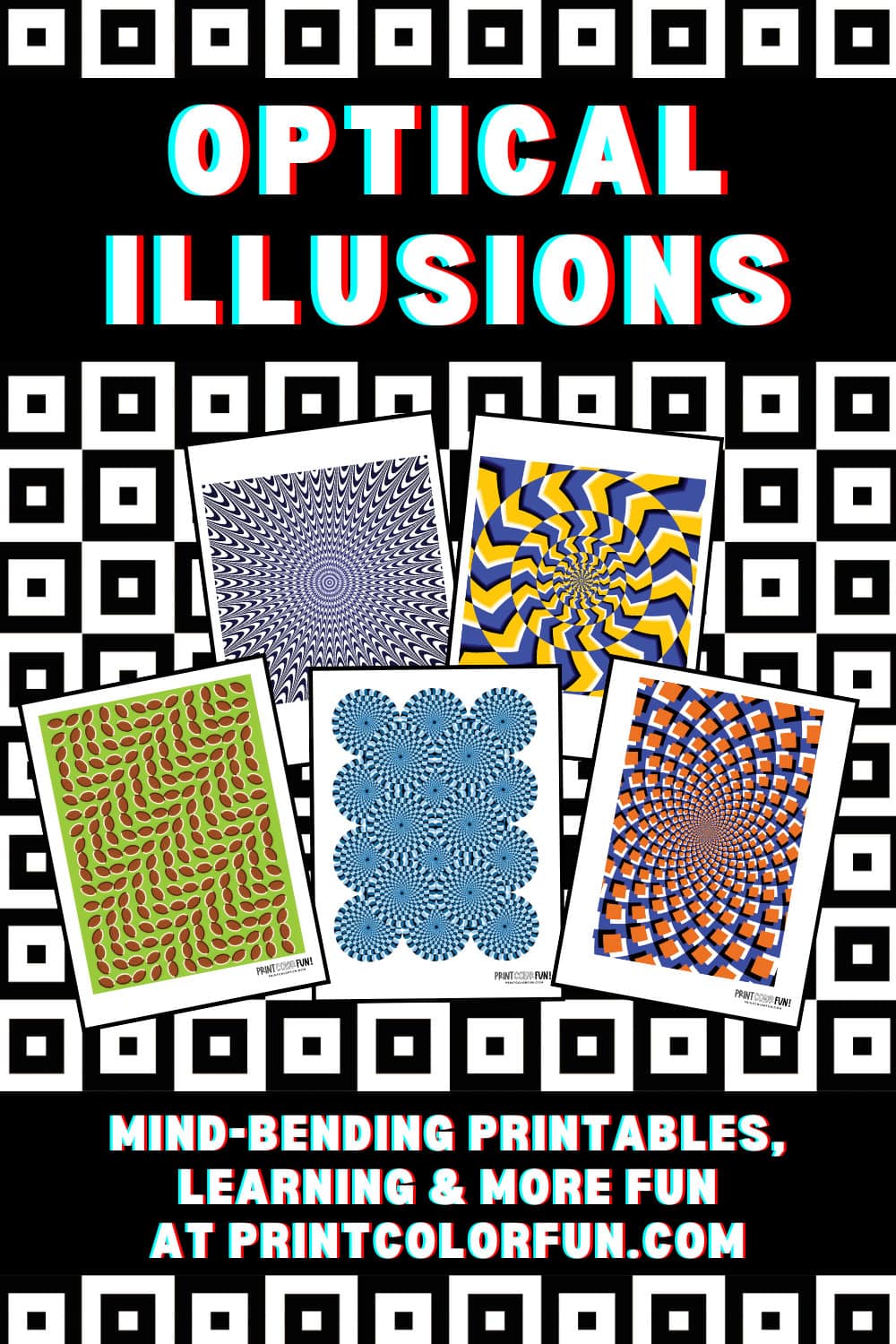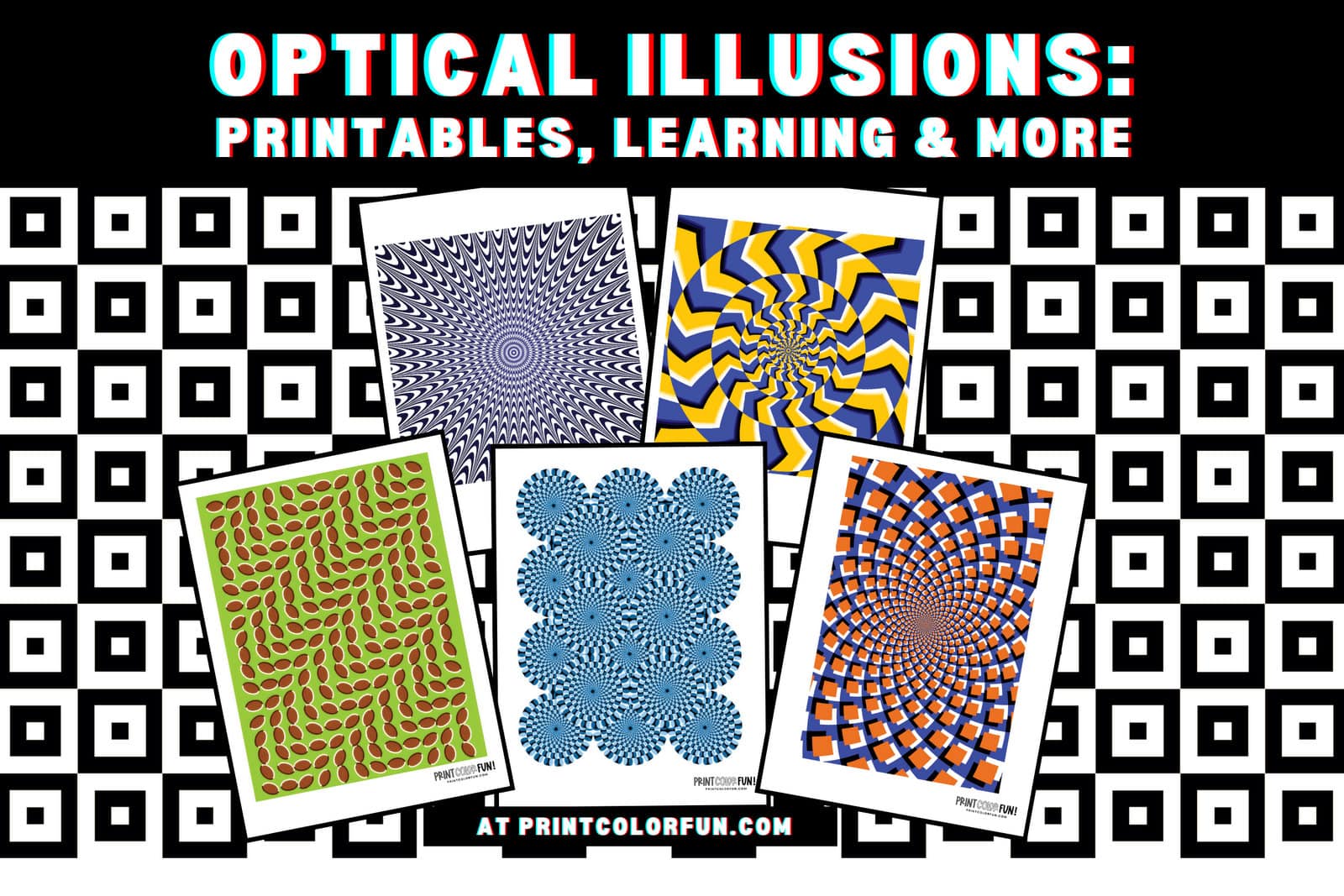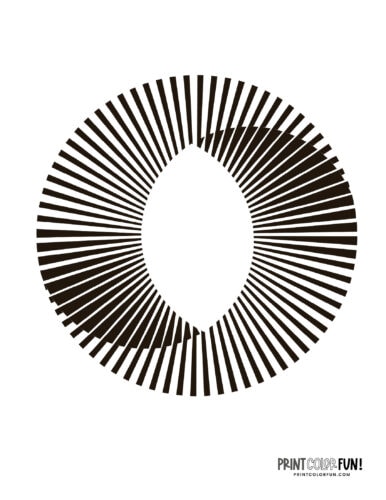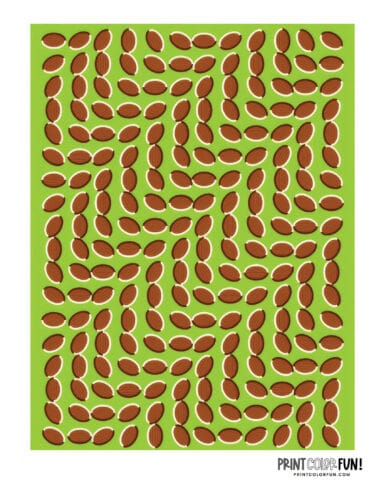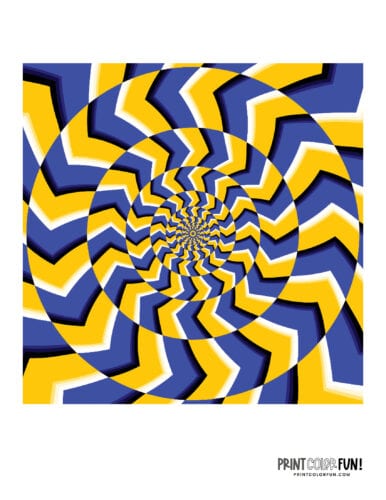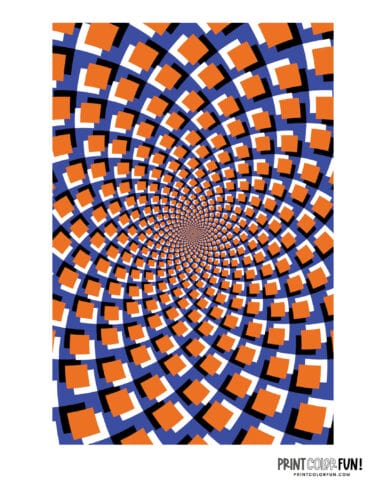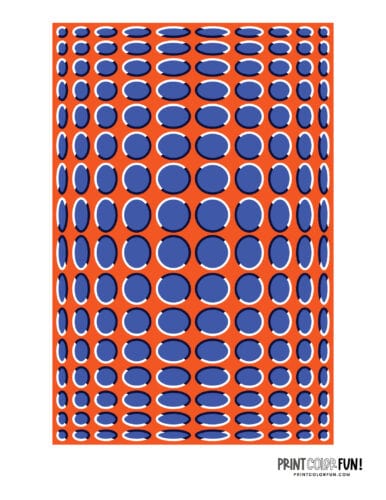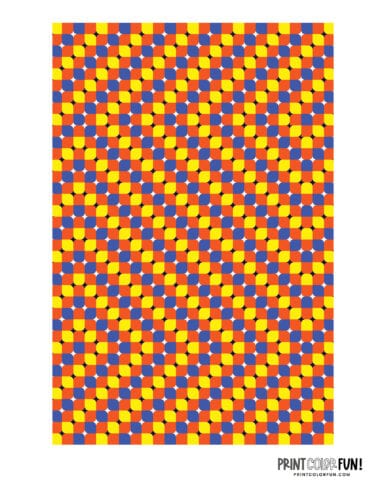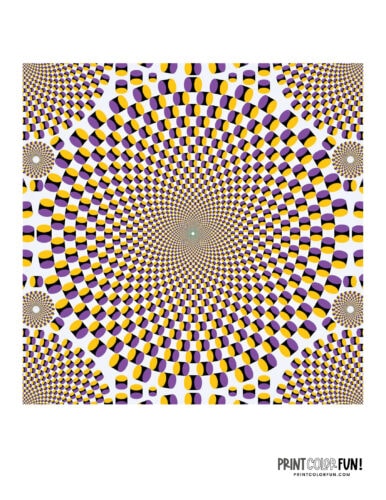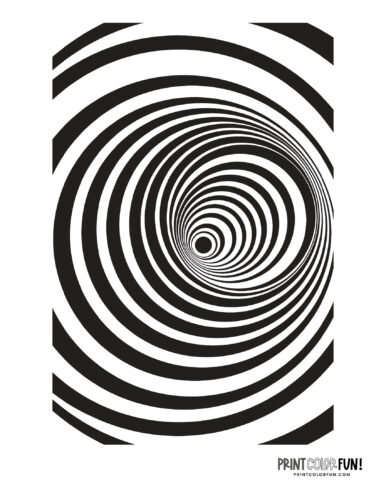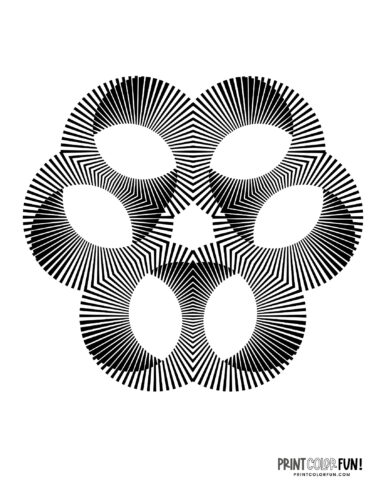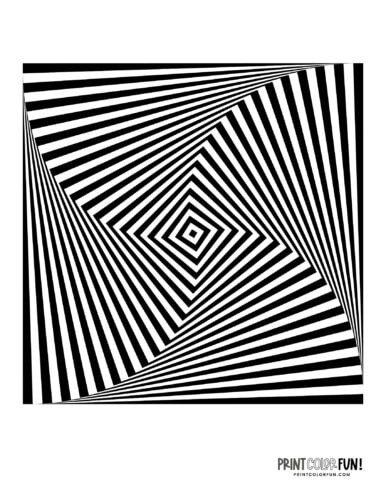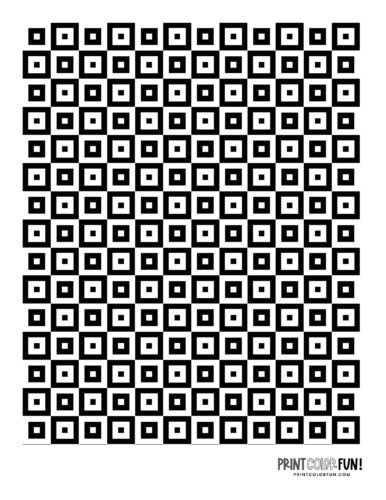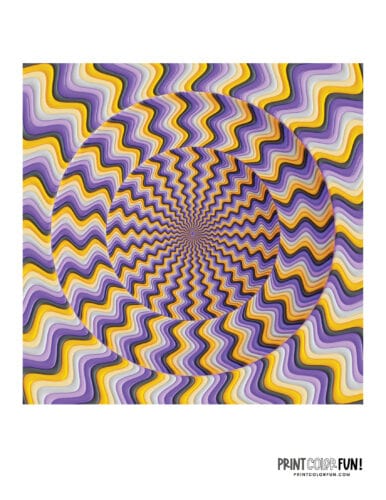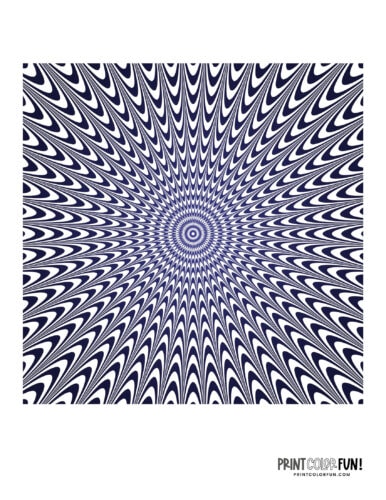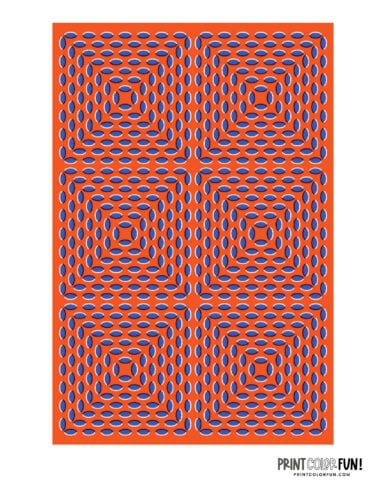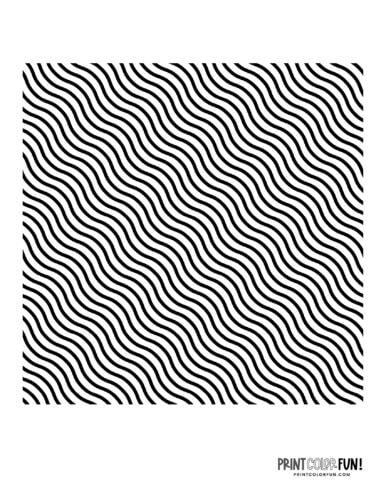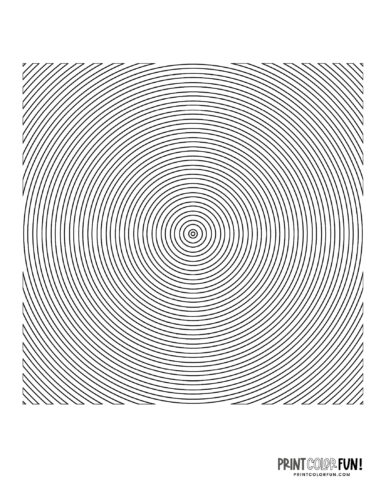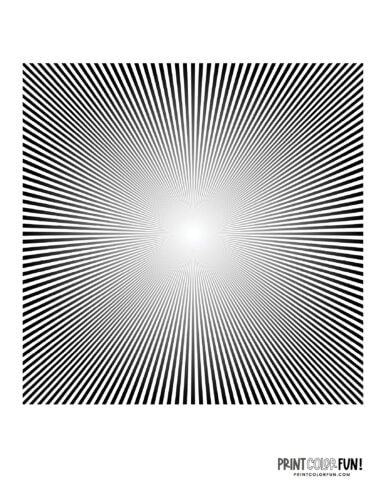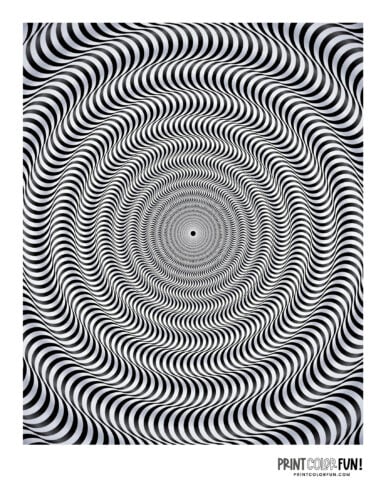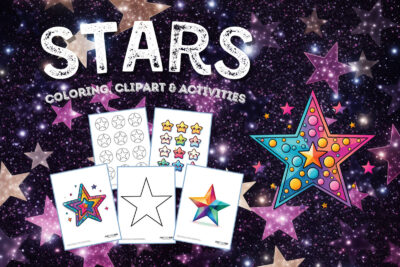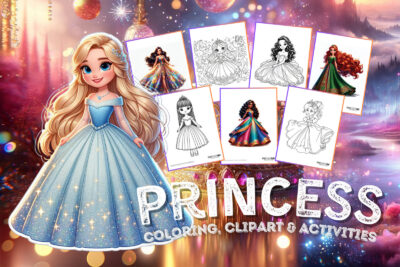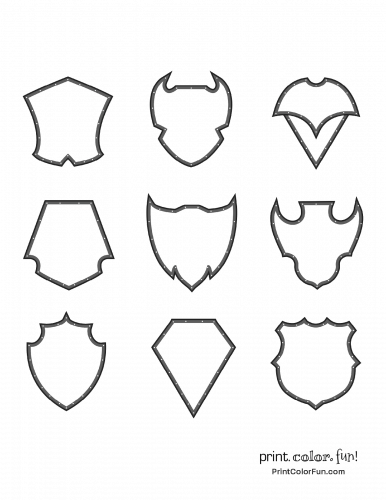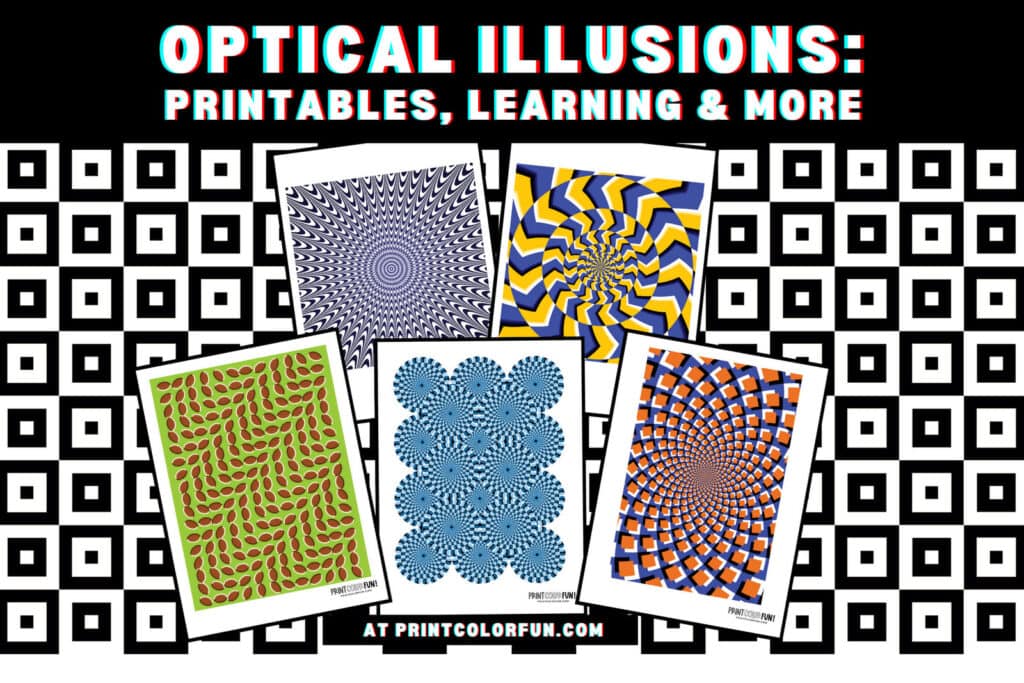
Optical illusion drawings: Fun printables & the magic of the mind’s eye
Optical illusions are captivating puzzles that intrigue both the young and the old. They’re amusing and unusual, of course, but they also offer a fascinating glimpse into how our brains process visual information.
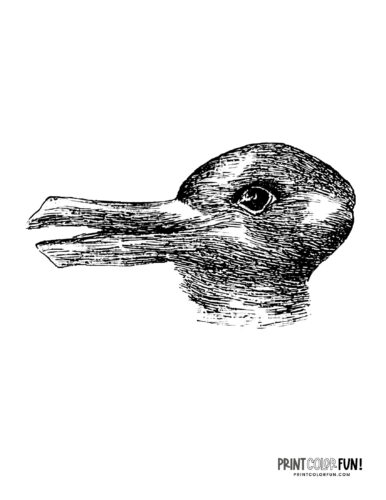
As you share these intriguing images with your kids, you’re also giving them a unique opportunity to develop their observational skills. Let’s unravel the mystery of optical illusions and discover how they can be a fantastic learning tool.
For an assist, you can click on any of the images below to get a larger version that you can download or print! (Many of the illustrations will look more interesting when they’re a little bigger.)
Optical illusion printables: Practice safe illusioning
Warning: Although none of these images are animated or actually moving, certain optical illusions can make some people feel sick or dizzy. This reaction is typically due to the way they trick the brain into perceiving motion or depth where there is none.
When viewing an optical illusion that simulates movement or depth, the visual information conflicts with the body’s other senses, particularly the vestibular system in the inner ear that helps with balance. This conflict can cause symptoms similar to motion sickness, such as nausea, dizziness, or a headache.
It’s important to be aware of this when sharing optical illusions, as reactions can vary. If a child (or anyone, for that matter) starts feeling uncomfortable while looking at an optical illusion, it’s best to take a break and look away. Understanding and respecting individual reactions to these stimuli is part of learning about how uniquely each person’s brain processes visual information.
So what are optical illusions?
Visual brain teasers: Optical illusions are images or designs that trick our brains into seeing something different from what really exists. They play with color, light, and patterns to create perceptions that can be surprising or confusing.
A lesson in perception: These illusions are a great way to show children that what we see isn’t always the truth. It’s a playful reminder that our senses can be fooled, and what we perceive isn’t always accurate.
The science: How do optical illusions work?
It’s all in the brain: The key to understanding optical illusions lies in how our brains process visual information. Our brains try to interpret what our eyes see, but sometimes they make a leap of logic that isn’t quite right, leading to the illusion.
Different types, different tricks: Some optical illusions are based on color or light effects, while others involve misleading patterns or spatial relationships. Each type challenges our brain in unique ways.
A matter of interpretation: Our brain is constantly interpreting visual information. When it encounters an optical illusion, it tries to make sense of conflicting information or patterns, leading to the illusion.
Movement perception: Many optical illusions seem to move or change because our brain is filling in gaps or anticipating motion. This is particularly true for patterns with repetitive details or contrasting colors.
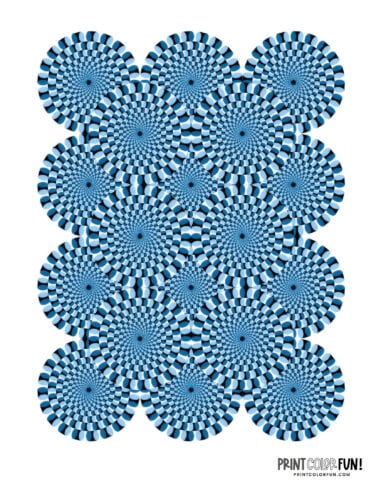
Focal tricks: Staring at one spot in an optical illusion can make other parts seem like they’re moving. This happens because our peripheral vision is less detailed, but more sensitive to motion.
Peripheral perception: Similarly, looking at an illusion out of the corner of your eye might make it more effective. Our peripheral vision picks up on different cues compared to our direct line of sight, enhancing the illusion.
Pictures with the perception of depth: Some flat images are crafted so cleverly that they give the illusion of depth and dimension.
This type of illusion tricks our brain into perceiving a three-dimensional scene from a two-dimensional surface, highlighting the incredible ability of our visual system to interpret depth and space even when it’s not really there. It’s a wonderful example to show children how our brain uses cues and context to understand the world around us, even in the absence of actual depth.
Enhancing observational skills with optical illusion printables
- Spot the difference: Encourage your kids to look closely at optical illusions and describe what they see. This helps develop concentration and attention to detail.
- Comparison discussion: Show illusions that work differently when looked at directly versus from the corner of the eye. Discuss why they think this happens, encouraging critical thinking and inquiry.
- Compare and contrast: Show them different types of illusions and ask them to point out what makes each one unique. This promotes critical thinking and observation.
- Peripheral challenge: Have them try viewing the illusion through their peripheral vision. Discuss how the experience changes, fostering an understanding of different visual perspectives.
Question and explore:
Ask open-ended questions to spark curiosity and deeper understanding. Here are some ideas:
- “How does staring at one part of the image change what you see in other parts?”
- “What differences do you notice when looking directly at the illusion compared to looking out of the corner of your eye (using your peripheral vision)?”
- “Why do you think this picture looks different from different angles?”
- “If you close one eye, do you think the picture will still seem to move?”
- “Can you draw what you see first and then what it really is?”
- “Can you think of a time when your eyes played tricks on you outside of these pictures?”
- “What other illusions can you think of in our daily life?”
Understanding optical illusions is a wonderful way to teach children about perception, observation, and the intriguing ways our brains work.
These visual phenomena aren’t just tricks of the eye — you can consider them tools for learning, sparking curiosity, and developing critical thinking skills. So the next time you and your kids encounter an optical illusion, remember it’s an opportunity to explore the incredible capabilities of the human brain.
Fun activities with optical illusion drawings
- Create your own: Have kids try their hand at creating simple optical illusions. This can be as easy as drawing lines and patterns that seem to bend or move.
- Illusion scavenger hunt: Look for optical illusions in everyday life, like mirages on hot days or patterns on the floor that seem to move.
- Guessing game: Show them an illusion and let them guess what’s happening before explaining the science behind it.
Beyond being surprising images that trick the eye, optical illusions can be gateways to learning and exploration. They help build essential skills in observation, critical thinking, and understanding perception.
So, next time you come across a mind-bending image, remember: it’s a chance to explore the incredible capabilities of the human brain with your kids… and maybe you’ll even surprise yourself!
5 more illusions for the eyes with black & white lines
Share the fun!
Like these pages? Please share this post on Pinterest! You can use the image below if you like. Thanks! 👀
